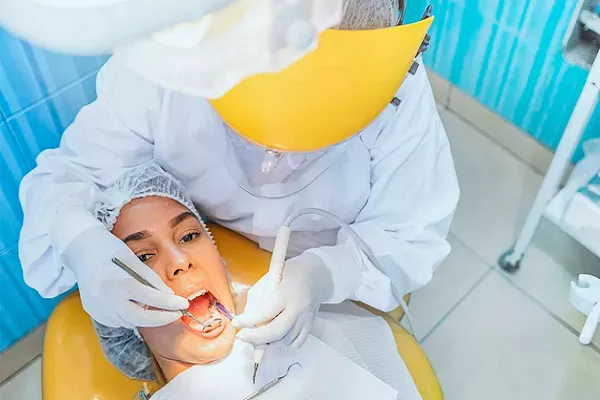Periodontitis is a serious form of gum disease that can affect people of all ages, including children and teenagers. When periodontitis occurs in children and teenagers, it is known as juvenile periodontitis.
Juvenile periodontitis is a rare form of gum disease that typically affects adolescents between the ages of 11 and 17. It is caused by a combination of genetic and environmental factors.
One of the primary causes of juvenile periodontitis is a genetic predisposition to gum disease. If a child or teenager has a family history of gum disease, they may be more likely to develop juvenile periodontitis.
Environmental factors can also contribute to the development of juvenile periodontitis. Poor oral hygiene practices, such as infrequent brushing and flossing, can allow bacteria to build up on the teeth and gums, leading to gum disease. Smoking and other forms of tobacco use can also increase the risk of gum disease in children and teenagers.
Symptoms of juvenile periodontitis include red, swollen, and bleeding gums, as well as bad breath and loose teeth.
If left untreated, juvenile periodontitis can cause significant damage to the gums and bone that supports the teeth, leading to tooth loss.
Treatment for juvenile periodontitis typically involves a combination of periodontal therapy, such as scaling and root planing, and antibiotics to control the infection.
In some cases, surgical intervention may be necessary to treat advanced cases of juvenile periodontitis.
Prevention is key when it comes to juvenile periodontitis.
Children and teenagers should be taught good oral hygiene practices from an early age, including brushing twice a day, flossing daily, and visiting the dentist regularly for cleanings and checkups. Parents should also encourage their children to avoid smoking and other forms of tobacco use.
In summary, juvenile periodontitis is a rare form of gum disease that typically affects adolescents. It is caused by a combination of genetic and environmental factors and can cause significant damage to the gums and bone that support the teeth if left untreated. Treatment typically involves a combination of periodontal therapy, antibiotics, and surgery in advanced cases. Prevention through good oral hygiene practices and avoidance of tobacco use is key. Remember to look for clear and concise information from reputable sources when researching oral health topics online, as brevity and less repetition is key when reading articles on the internet.
































